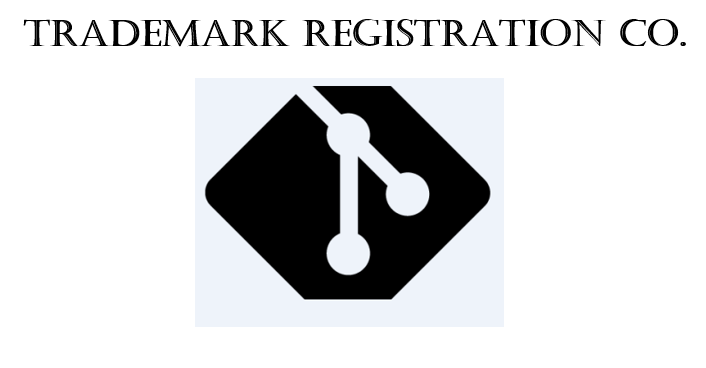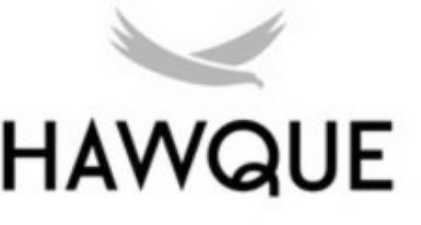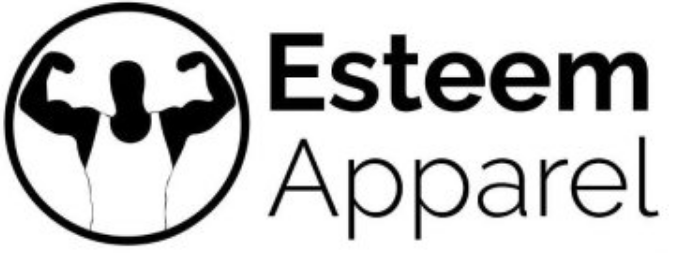Trademark Classes
Every trademark application must list the specific goods and services that the trademark will cover.
Products belong to trademark classes 1 to 34. Services belong to classes 35 to 45.
Products are tangible, you can touch them. Services are intangible.
Below is a rough classification (class headings) just to give you an idea of general categories (please note that the below list cannot be used for trademark filing)
Products
Class 1: Chemicals (including those used in agriculture, industry and science)
Class 2: Paints, coatings, varnishes, colorants for food.
Class 3: Cosmetics, creams and serums, cleaning products including soap and shampoo, bleaching and abrasives, non-medicated toiletry preparations, false eyelashes, essential oil, perfume
Class 4: Fuels, industrial oils, greases, lubricants, candles
Class 5: Pharmaceutical and veterinary products, food supplements and vitamins, baby food, disinfectants, fungicides, herbicides, plasters, dental wax
Class 6: Metals, metal castings, metal hardware, metal containers, locks, safes
Class 7: Machines and machine tools and their parts, motors and engines (except for land vehicles)
Class 8: Hand-operated tools and implements, razors, cutlery
Class 9: Computers, computer hardware, computer cables, cell phones and cell phone cases, data carriers, computer software, downloable publications including e-books, videos and podcasts
Class 10: Medical and dental instruments and apparatus, massage apparatus, sex toys
Class 11: Products for lighting, heating, steam generating, cooking, refrigerating, drying, ventilating, water supply and sanitary purposes including lamps and kettles
Class 12: Land, air and nautical vehicles, motors and engines for land vehicles
Class 13: Firearms, ammunition, explosives, fireworks, holsters
Class 14: Precious metals, watches, jewellery
Class 15: Musical instruments
Class 16: Paper, items made of paper, stationery products, artists’ products, printed products including photographs, stickers, notebooks, party ornaments of paper
Class 17: Rubber, asbestos and plastic Items, pipes and tubes
Class 18: Leather and leather goods, bags, wallets, animal apparel, collars and leashes for animals
Class 19: Building and construction materials (non-metallic), non-metal monuments
Class 20: Furniture, mirrors, picture frames, storage containers not of metal, party ornaments of plastic
Class 21: Kitchen utensils, crockery, containers, cleaning implements, toothbrushes
Class 22: Ropes and strings, tents, nets, awnings, sacks, padding, canvas material and raw fibrous textile material
Class 23: Yarns, threads
Class 24: Textiles, fabrics, blankets, covers, towels
Class 25: Clothing, footwear and headgear
Class 26: Sewing products, lace and embroidery, artificial flowers, hair decorations like ribbons, false hair
Class 27: Carpets, linoleum, wall and floor coverings, wall hangings
Class 28: Sports equipment, video game apparatus, games, toys, Christmas decorations
Class 29: Dairy products, meat and fish, processed and preserved foods, including dried, frozen and cooked fruits and vegetables, milk, eggs, edible oils and fats, jamps, jellies
Class 30: Staple foods, spices, bakery products, confectioneries, tea, coffee
Class 31: Fresh fruit and vegetables, live animals, animal food, seeds, fresh herbs, plants and flowers
Class 32: Non-alcoholic beverages, preparations for making beverages, fruit juices, beer
Class 33: Alcoholic beverages, except beer
Class 34: Tobacco products and smokers’ articles, matches, electronic cigarettes
Services
Class 35: Retail services including online retail store, advertising, business consulting, business management
Class 36: Insurance and financial services, real estate services
Class 37: Building construction, repair and maintenance services, installation services
Class 38: Telecommunication services, broadcasting services including video broadcasting
Class 39: Transport, logistics and storage, travel services
Class 40: Treatment of materials, custom assembly, recycling and waste management
Class 41: Education services, including arranging and conducting educational classes and seminars, entertainment services, book publishing, organizing exhibitions and conferences
Class 42: Saas and Paas services (Software as a service and platform as a service), IT services, software development, graphic design services, website development, scientific and technological services
Class 43: Restaurants, cafes, hotels, catering services
Class 44: Medical services, hygienic and beauty care services, dental services, veterinary services
Class 45: Personal and social services, legal services, security services
For a more in-depth discussion read this article: Taking Advantage of the Trademark Classification



 – for computer software connecting customers to security contractors, in Class 9. We advised that the logo will most likely be registrable but the wordmark alone would be too similar to marks containing the word HAWK providing similar products in the same class. Although we received an office action alleging that the HAWQUE logo mark was confusingly similar to a registered wordmark, HAWQ, that also covered Class 9 computer software, we were ultimately able to overcome the objection. Our client’s logo, HAWQUE, was successfully registered soon after.
– for computer software connecting customers to security contractors, in Class 9. We advised that the logo will most likely be registrable but the wordmark alone would be too similar to marks containing the word HAWK providing similar products in the same class. Although we received an office action alleging that the HAWQUE logo mark was confusingly similar to a registered wordmark, HAWQ, that also covered Class 9 computer software, we were ultimately able to overcome the objection. Our client’s logo, HAWQUE, was successfully registered soon after. instead of the word mark and, although we received a confusion objection based on similarity with ESTEAM and ESTEEM CLOTHING marks, we were able to successfully able to overcome the objection and the mark was successfully registered.
instead of the word mark and, although we received a confusion objection based on similarity with ESTEAM and ESTEEM CLOTHING marks, we were able to successfully able to overcome the objection and the mark was successfully registered.